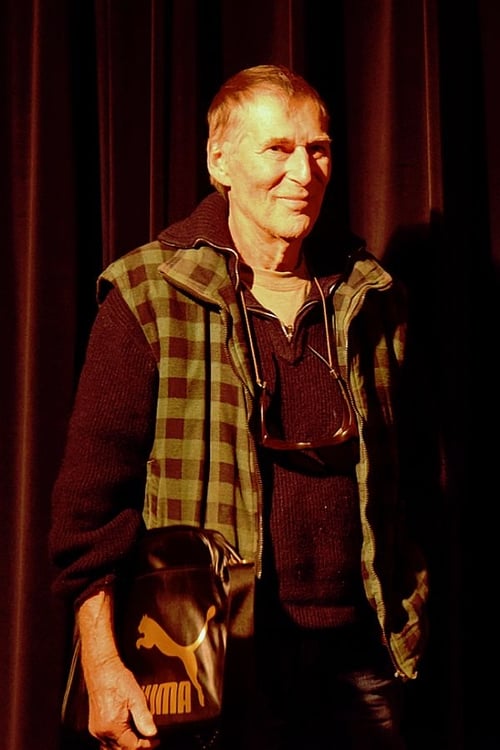Jörg Schmidt-Reitwein
Birth : 1939-02-21, Königs Wusterhausen, Germany
History
Jörg Schmidt-Reitwein (born 1939 in Königs Wusterhausen, Germany) is a German cinematographer. He has collaborated with director Werner Herzog on a number of projects. Among his many collaborations with other directors, Schmidt-Reitwein is notable for his cinematographic achievement in shooting Alan Greenberg's acclaimed 1982 documentary about Jamaica and death of Bob Marley, Land of Look Behind.

Director of Photography

Director of Photography
Accompanied only by music the film alternates between shots of pilgrims near the tomb of Saint Sergei in Sergiyev Posad, Russia and pilgrims at the Basilica of Guadalupe in Mexico.

Cinematography
This film was prepared as a introduction to a series of opera broadcasts on German television. It depicts the behind-the-scenes manoeuvrings in preparation for the annual opera festival in Bayreuth.

Director of Photography

Director of Photography
A group of pilgrims lie down on the thin ice of the lake Svetloyar and begin to look for the city of Kitesh. According to the legend, God saved the city from the Mongolian prince Batyi's soldiers by letting it sink to the bottom of the lake. If you listen carefully you can hear the bells of the Kitesh cathedral toll deep down.
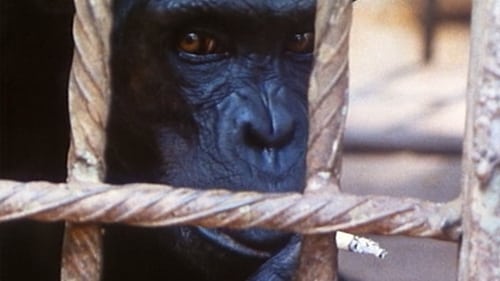
Cinematography
Documentary examining Bokassa's rule in the Central African Republic using the testimony of witnesses and visits to key sites.

Director of Photography
Fred is a journalist who investigates the death of a man in room 36. He interviews the man's widow and her deranged mother for clues as to how the man died in a hotel room that is rented by the hour. Also under suspicion is a stranger named Becker who lives next to the room where the killing took place.
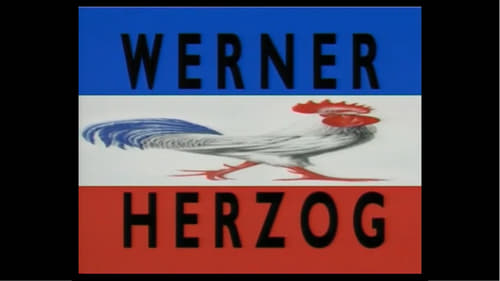
Cinematography
Two segments make up this short film. The first portion called “The French” has two men taste testing some delicious wine, and the other, titled “The Gauls”, is of men playing rugby. This short by Werner Herzog is part of the “The French as Seen By…” series. It was initiated and sponsored by the newspaper Le Figaro, as part of the 1988 celebration of the tenth anniversary of its magazine section.

Cinematography

Cinematography
An autobiographical short film by Werner Herzog made in 1986. Herzog tells stories about his life and career. The film contains excerpts and commentary on several Herzog films, including Signs of Life, Heart of Glass, Fata Morgana, Aguirre, the Wrath of God, The Great Ecstasy of Woodcarver Steiner, Fitzcarraldo, and the Les Blank documentary Burden of Dreams. Notable is footage of a conversation between Herzog and his mentor Lotte Eisner, a photographer. In another section, he talks with mountaineer Reinhold Messner, in which they discuss a potential film project in the Himalayas to star Klaus Kinski.

Director of Photography
Judith is a maverick reporter who is also seeking a satisfying relationship with various men. She finds corruption and power-games everywhere.

Cinematography
The Australian Aborigines (in this film anyway) believe that this is the place where the green ants go to dream, and that if their dreams are disturbed, it will bring down disaster on us all. The Aborigines' belief is not shared by a giant mining company, which wants to tear open the soil and search for uranium.

Cinematography
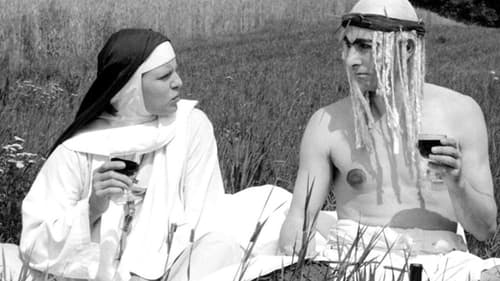
Cinematography
Jesus (played by the director) returns to present-day Bavaria, walks around Munich in a somewhat dazed manner and strikes up an affair with a nun, arguing that they are married anyway. Therefore, he refers to himself as "Ober" (waiter), obviously the male form of "Oberin" (Mother Superior). He occasionally transforms into a snake when being afraid and is finally carried up into the sky by the nun, who transforms into a bird of prey. (IMDB review)
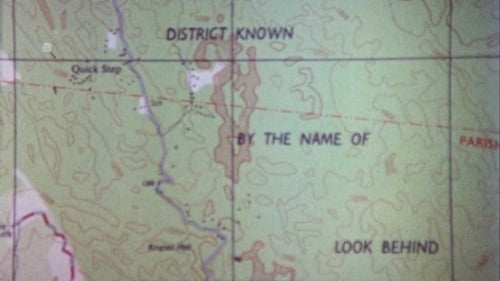
Director of Photography
There has never been a documentary like "Land of Look Behind". Relatively unknown due to poor distribution and New York Film Festival skullduggery, this breathtaking film presents a unique epic vision with quasi-dramatic elements and cinematographic wizardry. The non-reggae original soundtrack is outstanding, as is the reggae music of Bob Marley and Gregory Isaacs. The great documentary filmmaker Werner Herzog has called "Look Behind" the non-fiction film that has influenced him most over the last fifteen years. Indeed, this film's peers are the best of Herzog, Bunuel's "Land Without Bread", Flaherty's "Nanook" and Leacock-Pennebaker's "Louisiana Story". With thoughtful viewing, one will see this moving documentary actually end with a lovely little dream sequence. No American has come close to making a film this ingenious in the last thirty years.
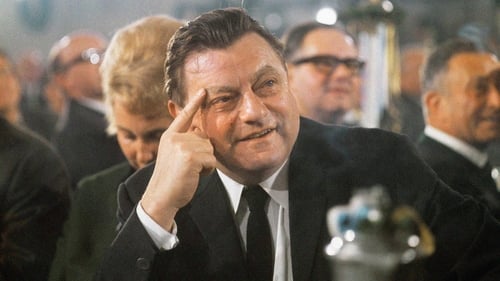
Director of Photography
Made with an eye to the autumn of 1980 when the German parliamentary elections took place, The Candidate examines Germany’s history past and present and Franz Josef Strauß, the man who, as the CDU/CSU candidate, aspires to be elected to the most important political office in the land.

Cinematography
Gabi Teichert, a history teacher, is unhappy with the way history is portrayed in textbooks and is looking for an alternative, more practical approach to 'uncovering' the past, quite literally digging with the spade and dissecting books with hammers and drills.

Director of Photography
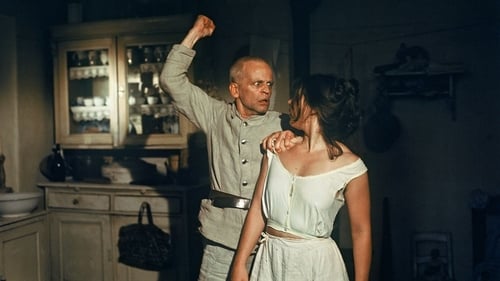
Director of Photography
Having fathered an illegitimate child with his lover, Marie, feckless soldier Franz Woyzeck takes odd jobs around his small town to provide some extra money for them. One of them is volunteering for experiments conducted by a local doctor, who puts Woyzeck on a diet of peas. This serves to drive him close to madness, and the discovery that Marie is involved in an affair with the local drum major exacerbates the situation. Pushed too far, Woyzeck resorts to violence.
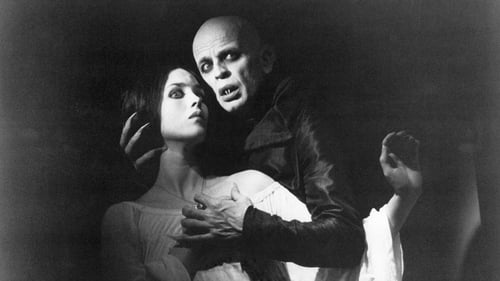
Director of Photography
Jonathan Harker, a real estate agent, goes to Transylvania to visit the mysterious Count Dracula and formalize the purchase of a property in Wismar. Once Jonathan is caught under his evil spell, Dracula travels to Wismar where he meets the beautiful Lucy, Jonathan's wife, while a plague spreads through the town, now ruled by death.

Director of Photography
Encouraged by Fassbinder, with whom he became friendly after the then-enfant terrible of the German cinema visited him in Lugano, Sirk also did some teaching during the late 1970s at the film school in Munich, where he made three short films with his students.
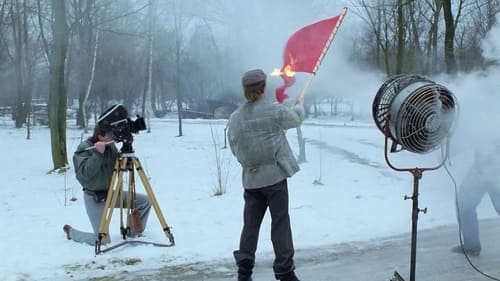
Director of Photography
Germany in Autumn does not have a plot per se; it mixes documentary footage, along with standard movie scenes, to give the audience the mood of Germany during the late 1970s. The movie covers the two month time period during 1977 when a businessman was kidnapped, and later murdered, by the left-wing terrorists known as the RAF-Rote Armee Fraktion (Red Army Fraction). The businessman had been kidnapped in an effort to secure the release of the orginal leaders of the RAF, also known as the Baader-Meinhof gang. When the kidnapping effort and a plane hijacking effort failed, the three most prominent leaders of the RAF, Andreas Baader, Gudrun Ensslin, and Jan-Carl Raspe, all committed suicide in prison. It has become an article of faith within the left-wing community that these three were actually murdered by the state.
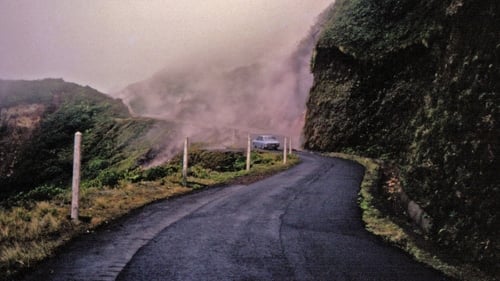
Self
Werner Herzog takes a film crew to the island of Guadeloupe when he hears that the volcano on the island is going to erupt. Everyone has left, except for one old man who refuses to leave.

Director of Photography
Werner Herzog takes a film crew to the island of Guadeloupe when he hears that the volcano on the island is going to erupt. Everyone has left, except for one old man who refuses to leave.

Cinematography
Alexander Kluge documents the preparations for an exhibition on the Staufer dynasty.

Cinematography
On December 12, 1945 Maria Stadler got (as one of the first from the American occupying power) the license to operate a movie theater. At first she ran a traveling cinema, which went so well that she opened on 30 October 1953 Maria's Kino in Bad Endorf, which still exists today. In the winter of 1976/77 students of the Munich University of Film and Television made a documentary about the idealist, who had since become a movie legend.

Cinematography
Alexander Kluge reflects on the medieval Staufer dynasty and draws a line from Emperor Barbarossa to Operation Barbarossa.
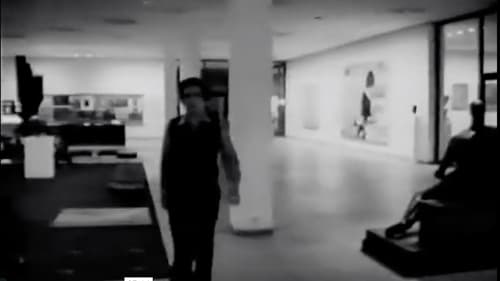
Cinematography
A documentation of the live Action Ulay performed in Berlin in 1976. It shows step by step his arranged "art theft" of Carl Spitzweg's painting "The Poor Poet" from the Neue Nationalgalerie and his reception in commentaries and reactions from the press.
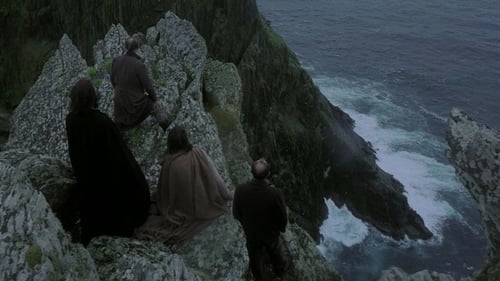
Director of Photography
A small Bavarian village is renowned for its "Ruby Glass" glass blowing works. When the foreman of the works dies suddenly without revealing the secret of the Ruby Glass, the town slides into a deep depression, and the owner of the glassworks becomes obssessed with the lost secret.

Cinematography
Munich Heinz and Herbert wants to escape the torturous confines of their home by swimming across the Atlantic.
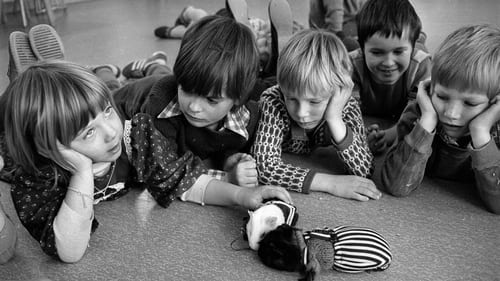
Cinematography
A darkly humorous short documentary about a preschool-age boy ostracised from interactions with his classmates until a girl who has become interested in his pet crow provides the link to social acceptance.

Director of Photography
An anxious teacher (played, as is the lead role in all his films, by the director) sits in a beer garden on the hill of the Andechs monastery. While flies drown in his mug of beer, he confronts a life of failure: the wife he ignored, the child he neglected, the teaching duties he has shirked, and his doomed efforts at winning tenure from school officials. Only a dream from the past-the memory of a former liaison with a film star with whom he shared "the Andechs feeling, a feeling that we are not alone" - provides sustenance. Despite an unexpected series of events, longing in Achternbusch's world ultimately remains stronger than fulfilment and thirst better than beer.

Director of Photography
The film follows Kaspar Hauser (Bruno S.), who lived the first seventeen years of his life chained in a tiny cellar with only a toy horse to occupy his time, devoid of all human contact except for a man who wears a black overcoat and top hat who feeds him.

Director of Photography
A study of the psychology of a champion ski-flyer, whose full-time occupation is carpentry.

Director of Photography
Through examining Fini Straubinger, an old woman who has been deaf and blind since her teens, and her work on behalf of other deaf-blind people, this film shows how the deaf-blind struggle to understand and accept a world from which they are almost wholly isolated.
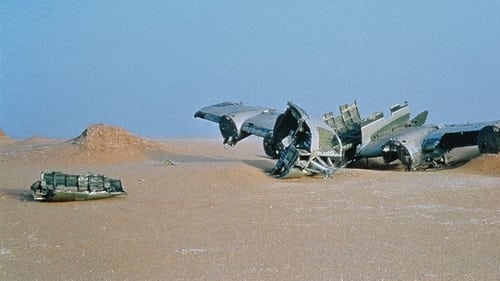
Director of Photography
Shot under extreme conditions and inspired by Mayan creation theory, the film contemplates the illusion of reality and the possibility of capturing for the camera something which is not there. It is about the mirages of nature—and the nature of mirage.
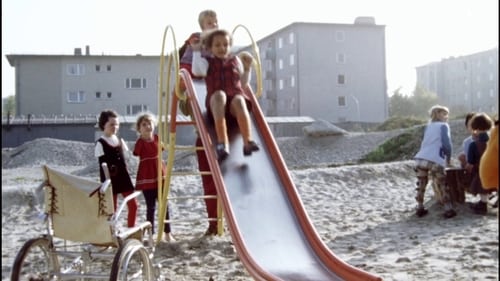
Director of Photography
A documentary by Werner Herzog exploring the different treatment accorded to the disabled in Germany and the USA.

Cinematography
The film features several horse trainers and other track workers talking about their roles at the track, always eventually interrupted by an older man who claims to be the true authority, and demands that they be thrown out. One recurring young man, the first to appear, claims that he protects the horses from enthusiastic racing fans. He does not appear to be employed by the track, but seems to provide his services voluntarily. His protection from "fanatics" gives the film its title. The film is shot in a documentary style, but the sheer implausibility of the dialogue leaves the exact nature of the film ambiguous.
